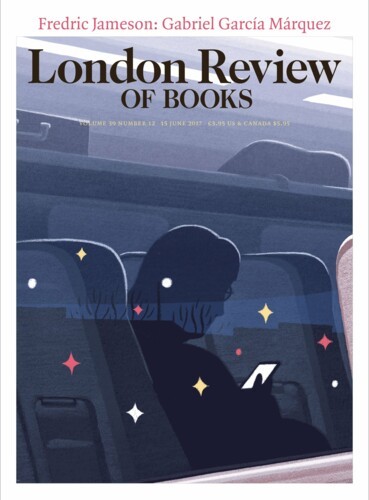Open the curtain and see their puppets play
Peter Burke, 5 January 1989
Shakespearean Negotiations: The Circulation of Social Energy in Renaissance England
by Stephen Greenblatt.
Oxford, 205 pp., £22.50, April 1988,0 19 812980 7 Show More
by Stephen Greenblatt.
Oxford, 205 pp., £22.50, April 1988,
Representing the English Renaissance
edited by Stephen Greenblatt.
California, 372 pp., $42, February 1988,0 520 06129 2 Show More
edited by Stephen Greenblatt.
California, 372 pp., $42, February 1988,
“... the relation between orthodoxy and subversion in Harriot’s text’ will give us a fuller understanding of Henry IV. An example may serve to show how Greenblatt’s approach works. One of his essays, to my mind the most successful in the whole collection, deals with ‘Shakespeare and the Exorcists’. At the end of Elizabeth’s reign the ... ”
